|
|
|
Field tripsAs part of the OZCAR-TERENO conference, two field trips to the ORACLE Orgeval research observatory are scheduled for Monday morning, September 29th. The two groups will convene for lunch at La Petite Loge farm. Following lunch, there will be two brief presentations and discussions with local stakeholders (local Joint Planning Association). These will provide a more comprehensive overview of the Observatory and its operational support. The tour will end at the Doue hilltop, to give visitors a panoramic view of the Orgeval watershed. For both tours, remember to bring appropriate clothing and footwear! Departure from Paris (meeting point at the FIAP Jean Monnet, 30 Rue Cabanis, 75014 Paris) is scheduled at 08:00 and return at 16:00. Tour 1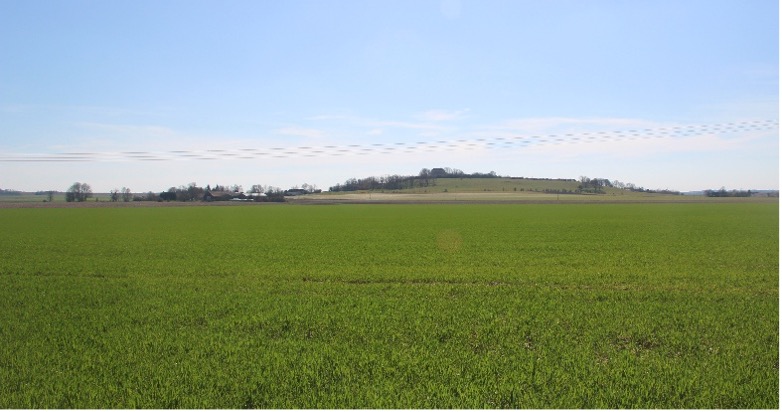 Tour 2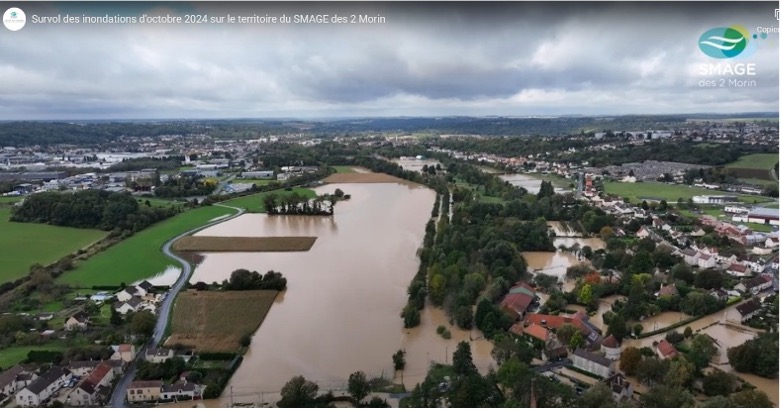 Technical tour 1: ORACLE research observatory (limited to 30 participants)The ORACLE research observatory is representative of sedimentary basins with intensive agricultural land use, with artificially drained hydromorphic soils. The observatory was created in 1962, to improve floods and weathering understanding and forecasting. Questions around diffuse pollution of agricultural origin (mainly nitrates) were initiated in 1975. The observatory thus contributed to a better understanding of the interactions between agricultural activities and surface and groundwater quality. Since the 2000’s, new scientific questions have emerged, dealing with stream-aquifer exchanges, pesticides, biology and biodiversity. This tour begins with a visit of the local facility in Boissy-le-châtel. After a short coffee break on arrival, a short presentation of the observatory will be given. The main past and ongoing experiments will be presented. Adjacent to the facility, an experimental plot serves as a testbed for observing and testing various monitoring devices. It includes a weather station, a soil monitoring station, and a subsurface drainage network that allows testing new geophysics methods to support scientific research. 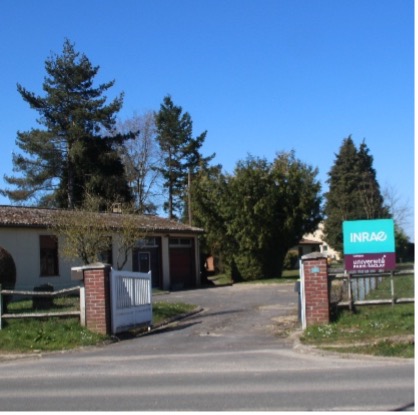 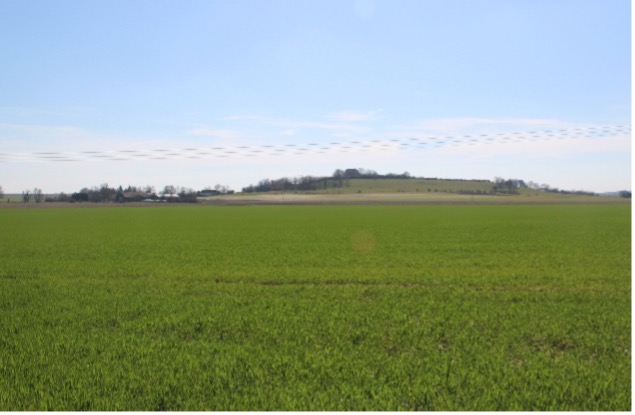 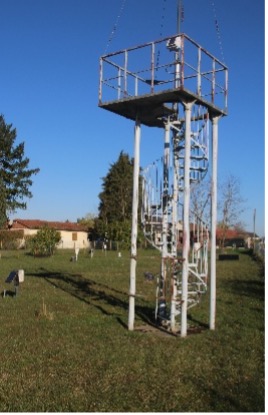 Then, the group will move to the Avenelles river station. The Avenelles station is a unique operational and research facility of long term, multi variables, high resolution, water quality monitoring, including inorganic and organic carbon and emergent contaminants such as microplastics, and pesticides, but also in situ continuous monitoring of ecological and ecotoxicological impact. The Avenelles RiverLab, is one of the few lab-in-the-field where major ions concentrations in the river are measured every 30 minutes. 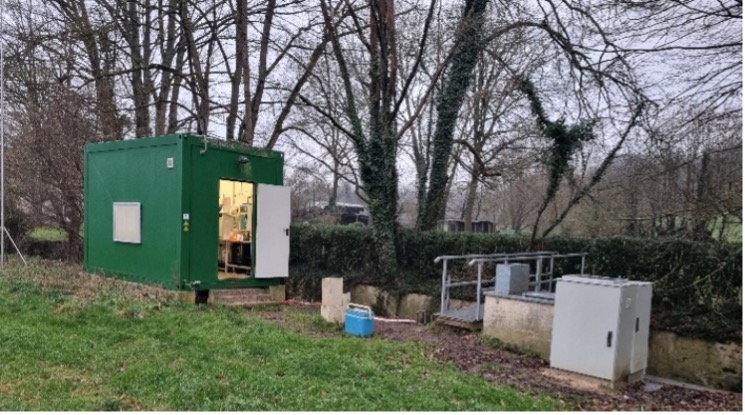 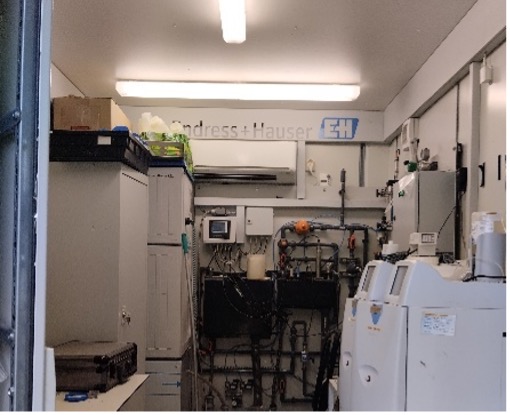 The group will then continue to the downstream station of the Avenelles to visit an experimental study on groundwater flow paths, including aquifer recharge and stream-aquifer interactions. The various geophysical and hydrogeological (seismic, electrical, and thermal) methodologies will be presented to the audience, in addition to the initial characterization of the site. 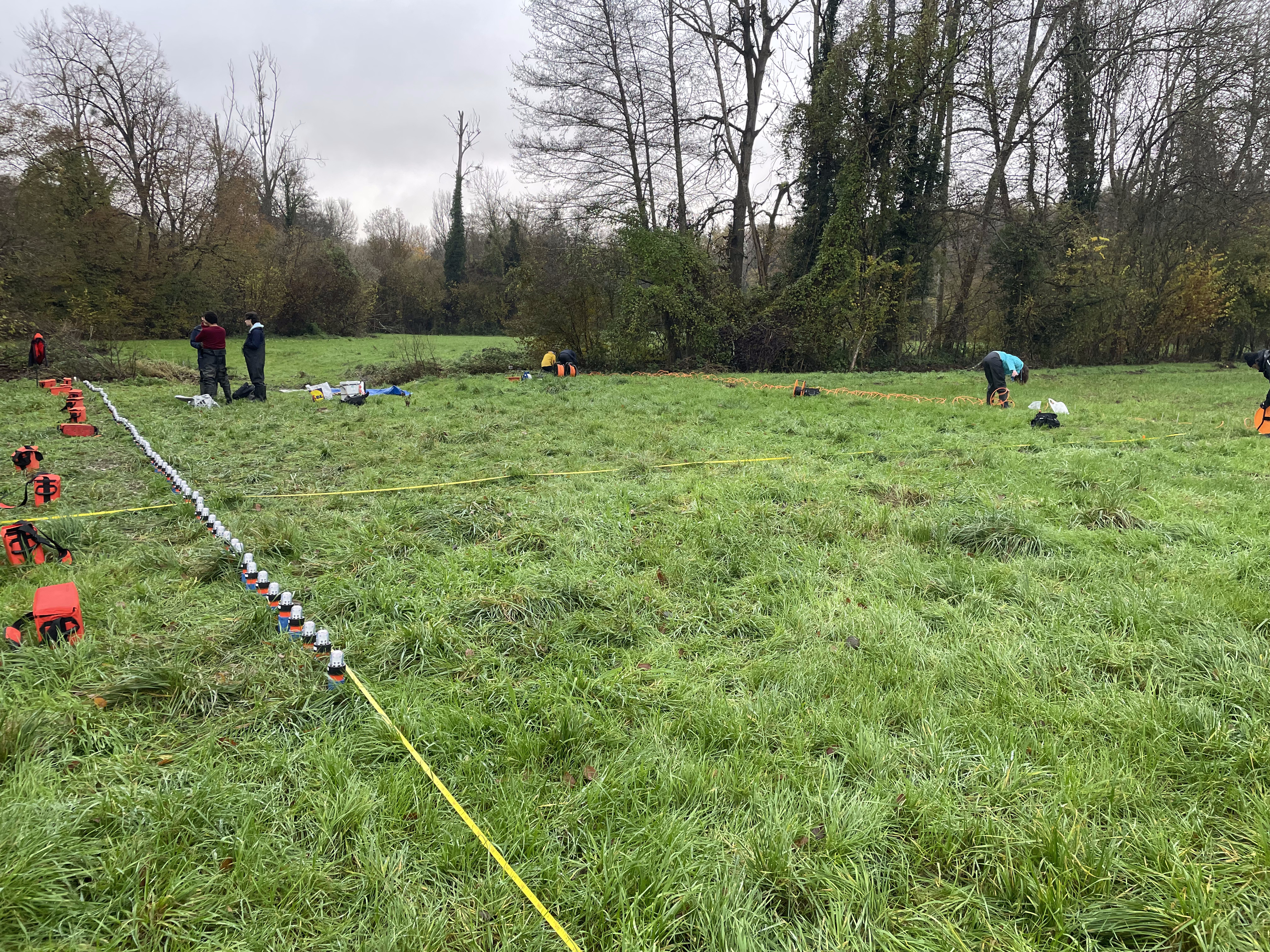 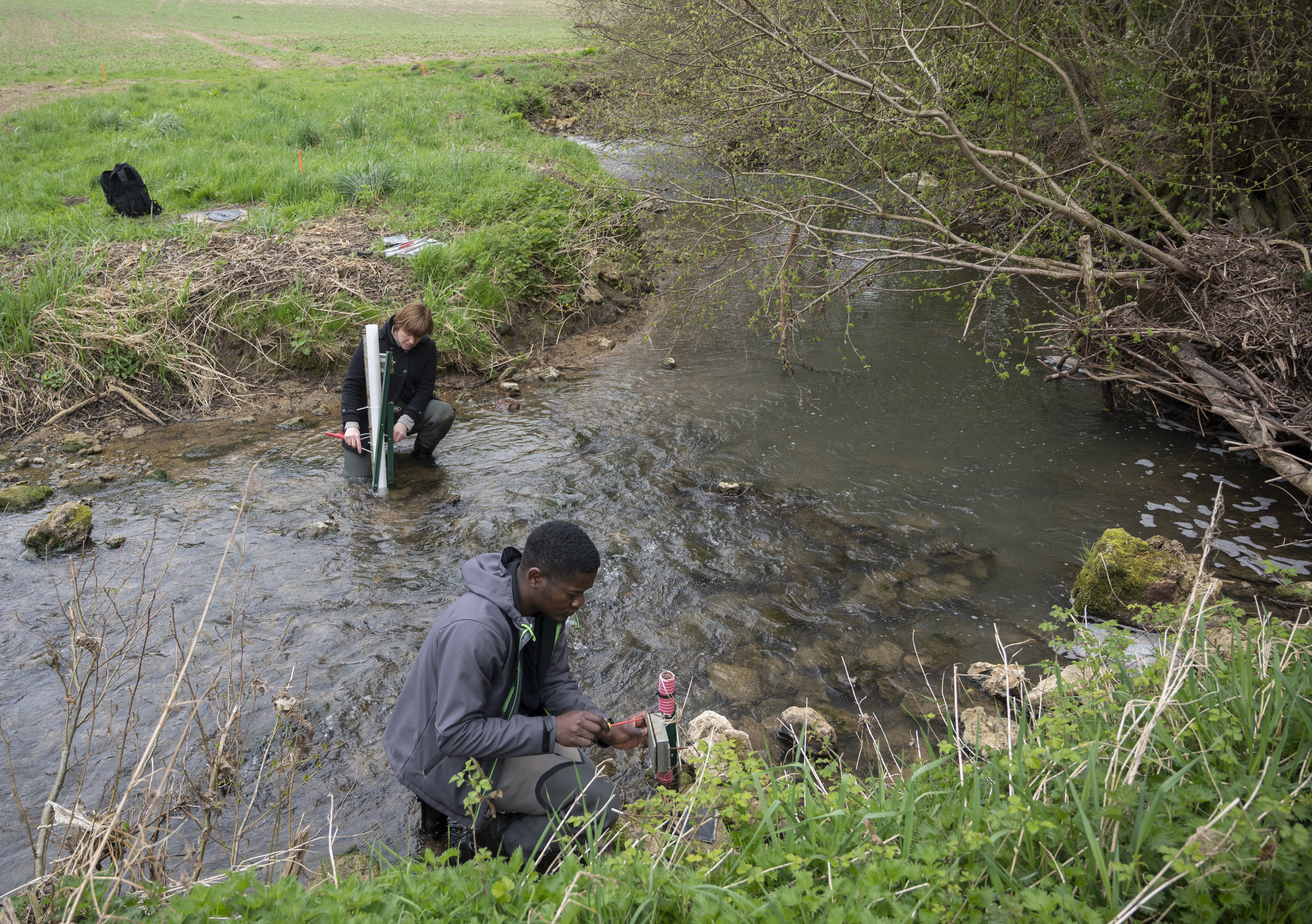 Technical tour 2: Grand Morin river station and ORACLE research observatory (limited to 30 participants)The Grand Morin river, a tributary of the Seine river, flooded several times in recent years. The tour will start with the visit of the Meilleray station that will illustrate the impacts of floods on the local population. At Meilleray, a weir was removed to limit the rise of the river during floods. The local Joint Planning Association will present an environmental restoration project, and the management plan to limit the impacts of floods. Meilleray is also one of the gauging stations, used to forecast flooding on the Grand Morin river. 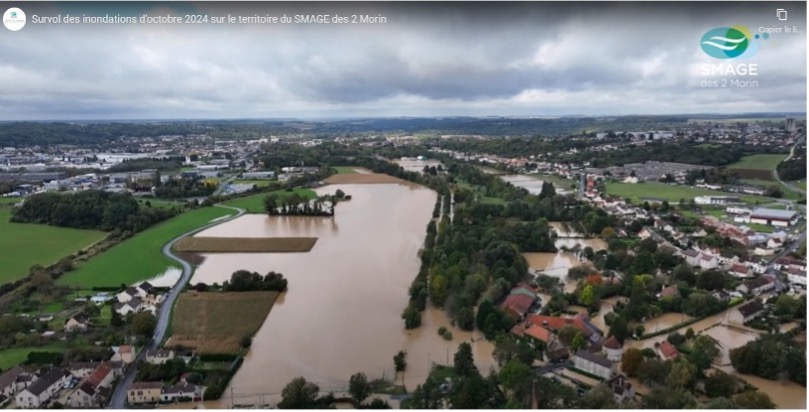 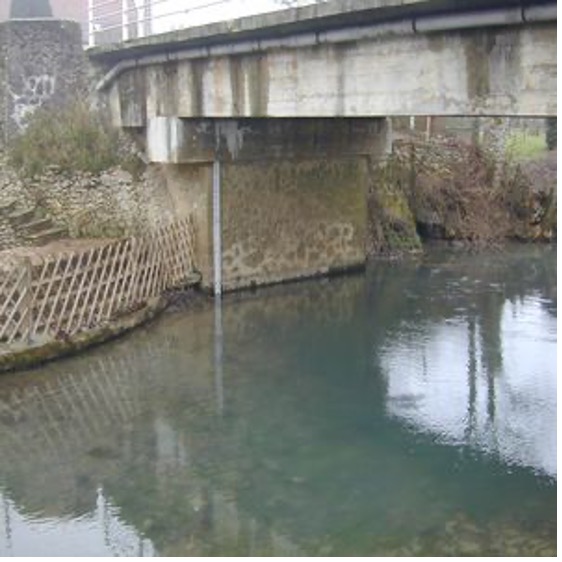 Then, the group will move to local facility of Boissy-le-Châtel. After a short coffee break, a short presentation of the ORACLE Orgeval observatory will be given. The experimental plot will also be presented, where operational but also scientific monitoring are conducted. This includes a weather station, soil monitoring, as well as geophysics devices to model subsurface drainage network. Lastly, the group will move to the Avenelles river station. The Avenelles gauging station is part of the observation network for flood forecast in the Grand-Morin river. It is also a unique operational and research facility of long term, high resolution, water quality monitoring, including emergent contaminants such as microplastic, and pesticides, but also in situ continuous monitoring of inorganic and organic carbon. The tour will end with a visit of the Avenelles RiverLab, one of the few lab-in-the-field where major ions concentrations in the river are measured every 30 min. |


